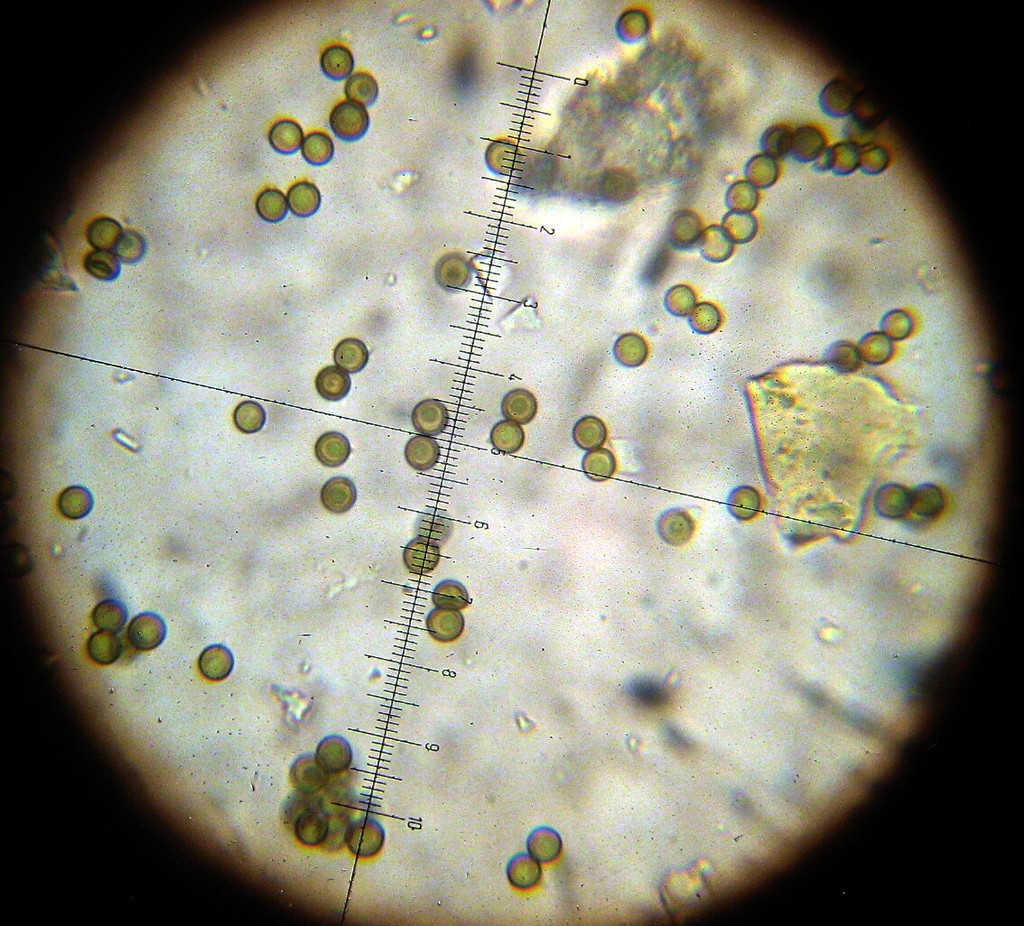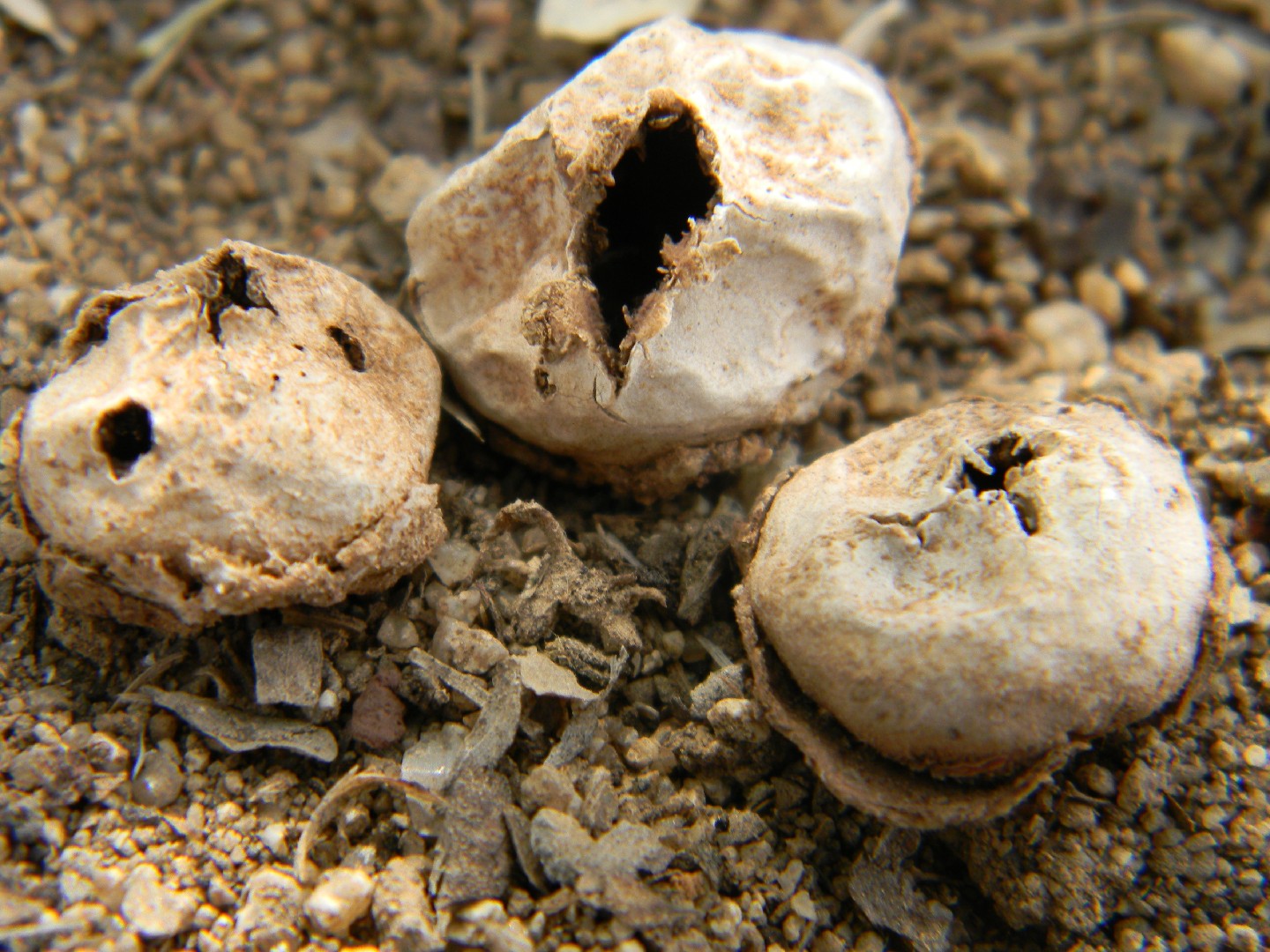Disciseda
Scientific name: Disciseda
Disciseda
Scientific name: Disciseda
 Photo By alan_rockefeller , used under CC-BY-4.0 /Cropped and compressed from original
Photo By alan_rockefeller , used under CC-BY-4.0 /Cropped and compressed from original Description
Disciseda is a fascinating group known for its unique way of dispersing spores. These fungi produce a ball-shaped fruiting body that appears above ground. When mature, the outer layer cracks open, allowing wind to scatter the spores. Disciseda has adapted remarkably to dry conditions, often found in arid and semi-arid environments. This resilience helps them survive in challenging habitats, showcasing nature's incredible adaptability.
Species of Disciseda
Scientific Classification
Phylum
Club fungi Class
Mushroom-forming fungi Order
Gilled fungi Family
Agaricaceae Genus
Disciseda 